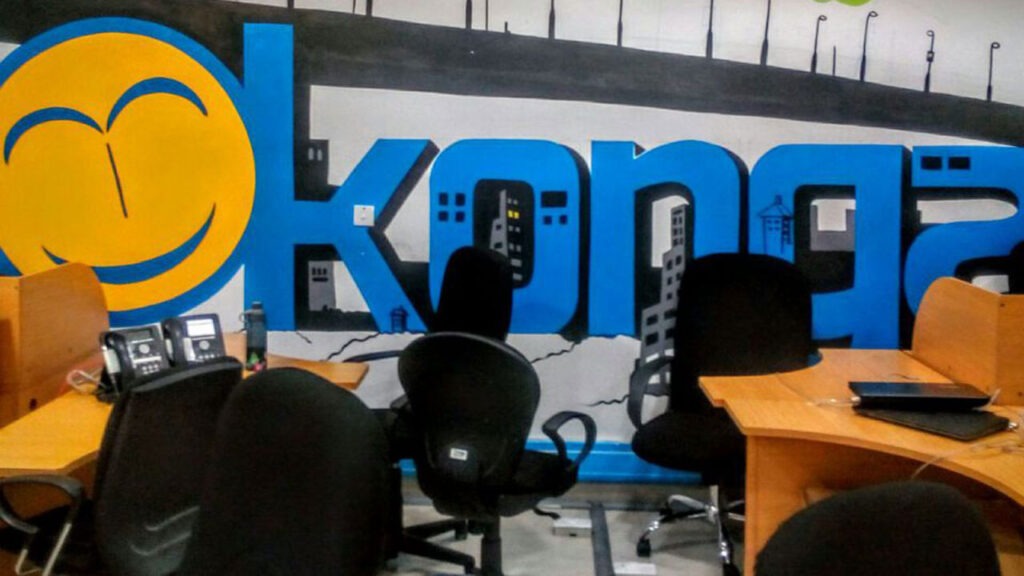
With buyers avoiding Russian oil based on concerns over logistics and the potential for more sanctions to be imposed, oil prices shot up to over $112 per barrel.
Despite the fact that the sanctions against Russia carve out energy and energy payments out of the SWIFT restrictions and bans, Russian producers can’t sell their cargoes in tenders because no one is bidding, while many refiners—especially in Europe—are shunning Russian crude and scrambling for alternatives.
The sharp rise in prices since tensions began to escalate in Ukraine has prompted repeated calls from key consumer countries and the Paris-based International Energy Agency (IEA) for OPEC and its non-OPEC partners to consider raising their output more aggressively.
While the challenges create an opportunity for other oil producers like Nigeria, subsidy payments and under-production continue to mar the country’s chances at improving its revenue under a high oil price regime.
The latest report of the Nigerian National Petroleum Company (NNPC) Limited to the Federation Account Allocation Committee (FAAC) in January 2022 showed that despite crude oil trading above $80 per barrel at the time, the Corporation remitted just N20.1 billion.
According to the data presented to FAAC, gross revenue from oil and gas sales was N438.42 billion but this was depleted to N49.75 billion following deductions for petrol subsidy, product losses, pipelines maintenance and repairs cost amongst others
The N49.75 billion was further depleted by an N29.66 billion deduction for government priority projects, leaving just N20.1 billion for the Federation Account.
With rising prices of crude oil, the import bill for petrol, which is wholly imported by the Federal Government, is expected to rise to lead to higher subsidy deduction by the NNPC.
Nigeria’s crude oil production has also failed to improve with the country unable to meet its Organisation of Petroleum Exporting Countries (OPEC) imposed quota for the seven consecutive months to January 2022.
Indeed, the Minister of State Petroleum Resources, Timipre Sylva, expressed concern that it would not lead to revenue windfall for the government.
According to him, the country’s low oil production is due to its inability to activate oil wells shut down on the directives of OPEC during low oil prices, adding that the lack of investment in the upstream sector is a major challenge in the industry.
Meanwhile, OPEC+ has agreed to stay the course and plough ahead with a 400,000 b/d increase in its collective crude production quota for April, resisting pressure to opt for a bigger hike in response to mounting concerns over Russian supplies.
The 19 countries participating in the OPEC+ deal are in the process of gradually restoring all of the crude production that they removed from the market in 2020 in response to the COVID-induced collapse in demand. Under a roadmap agreed on last summer, the coalition has been increasing its collective crude output target by 400,000 b/d each month since August.
But several members have been struggling to meet these rising quotas in recent months, and the group as a whole was 800,000 b/d below target in January, according to estimates.
Also, commercial crude oil inventories in the United States, which are not taking into account those in the Strategic Petroleum Reserve, fell by 2.6 million barrels to 413.4 million barrels in the week ending February 25, the US Energy Information Administration (EIA) reported yesterday.
US crude oil refinery inputs averaged 15.4 million barrels per day, up by 153,000 barrels per day from the average recorded the week prior. Refineries operated at 87.7% of their capacity, while gasoline production increased, averaging 9.3 million barrels per day.
Imports of crude oil in the US averaged 5.8 million barrels per day, 1.1 million barrels per day less than the previous week. Total commercial petroleum inventories decreased by 3.9 million barrels.
The Ice front-month Brent May contract rose as high as $112.09/bl, up by $7.12/bl or 6.8 per cent from the close on 1 March, before slipping back slightly to trade $111.90/bl earlier yesterday afternoon. The contract closed up by $7/bl on 1 March in its biggest single daily gain since Russia’s attack on Ukraine last week sent prices sharply higher.
The Nymex front-month April contract rose as much as $7.17/bl to $110.58/bl. WTI crude futures on 1 March closed above $100/bl for the first time in seven years.
The price gains came despite the IEA announcing on 1 March that it would coordinate a release of 60mn bl of oil from strategic reserves. The move will demonstrate “there will be no shortfall of supplies as a result of Russia’s invasion of Ukraine”, it said.












